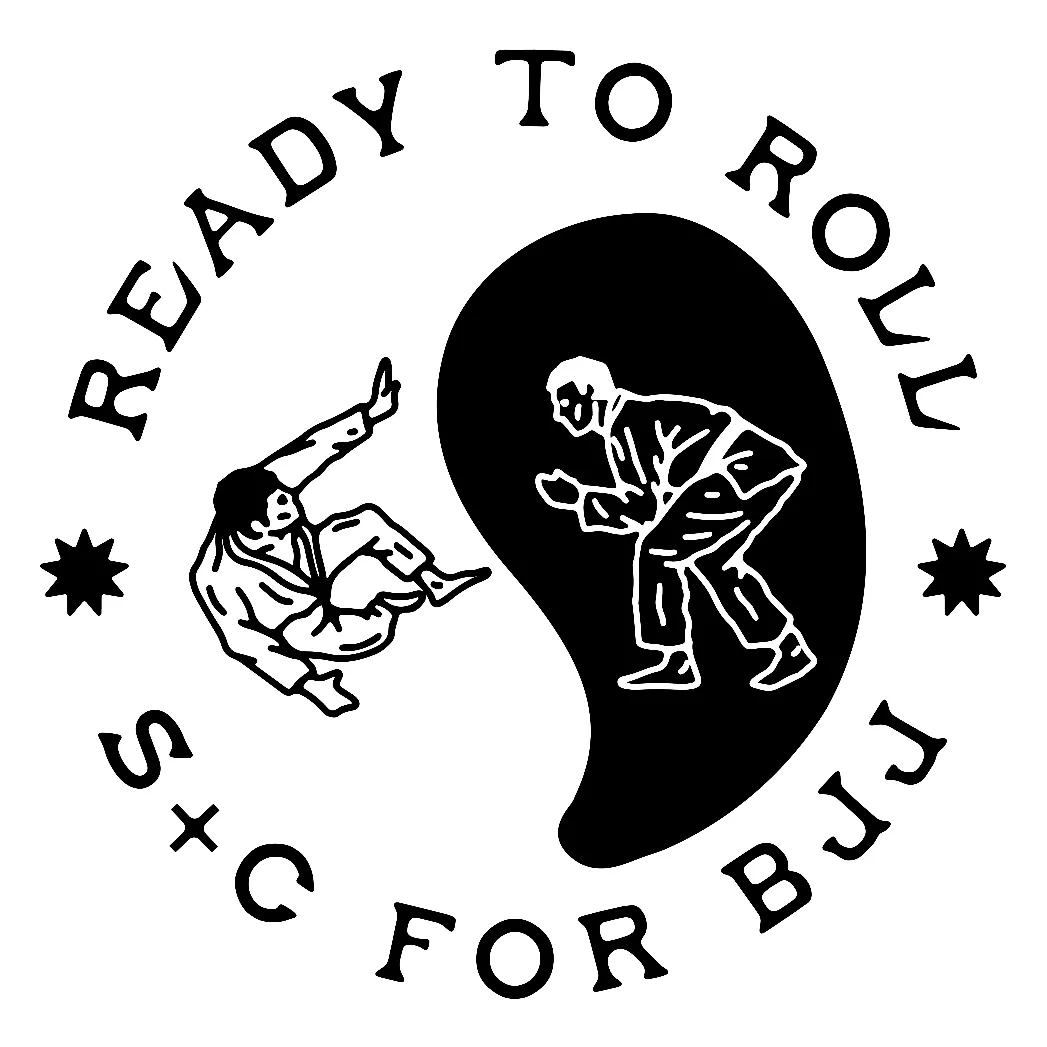🥋 BUILT FOR THE MAT

Ready to Roll: Blogs
Explore expert articles on strength, mobility, and performance for BJJ practitioners.
Learn science-backed methods to improve your training, prevent injuries, and move with confidence.

Cardio for BJJ
Cardio for BJJ
It’s a common misconception that jiujitsu athletes don’t need any more cardio - however, if you want to:
✅ Increase the intensity at which we can train
✅ Increase the length of time we can sustain that intensity
✅ Recover more quickly between rounds
Then you will benefit from some cardio training - in this guide I will run you through a few examples of which cardio protocols are my favourites and why
Don’t get too caught up in the nitty gritty - we just want to get some top end cardio in to improve our lactate threshold which in turn allows us to achieve the above points
First of all let's talk about the cardio types we will be discussing today:
ATP-PC pathway: Otherwise known as our alactic pathway. This pathway uses our stored energy int he form of ATP then is very quickly replenished by breaking down our stored phosphocreatine in our muscle cells, supplementing with creatine can help with more availability here. This uses no oxygen and produces no lactic acid, so no burning sensation. However it is only good up to around 10 seconds. It recovers quickly, within around 60 seconds. This is the primary pathway used for short explosive movements, such as shooting for a takedown.
Glycolytic pathway: This is also anaerobic (not using oxygen) however it uses carbs and stored glycogen as its main energy source. This pathway can sustain us for slightly longer periods up to around 3 minutes. However this system does produce lactate and hydrogen ions in the blood which can lead to that feeling of nausea and burning sensation in your muscles. This is our primary pathway for those high intensity bursts in rounds which last longer than 10 seconds.
Lactate threshold training: While this is not a pathway as above, this is a protocol which can be a little less intense and is an excellent way to improve your lactate threshold. Your lactate threshold is the intensity at which your lactate is accumulating faster than you can clear it. We can increase this threshold meaning you can work at higher intensities for longer through the above methods of training or this specialised lactate threshold training. This is where we sit just at the threshold for a sustained time before taking a short break. Within rounds this will help you to sustain longer and higher intensities and recover more quickly between rounds.
How to include them in your training:
Glycolytic HIIT training
How: on any piece of cardio equipment (highly recommend an air bike)
How often: 1-2 times/week (including any other HIIT training)
How to perform: Choose a work interval that you can sustain a TRUE MAXIMUM EFFORT, I’m talking an almost vom situation (to target our glycolytic system we want it to be approx 10 to 60 seconds)
Rest should be 3-5 x the length of the work period for best results
eg: 30 seconds work : 90 seconds - 2.5 mins rest
e.g 15 second work : 45 seconds - 1.15 mins rest
How many rounds: As many as you can do until you can feel that you can no longer hit your max intensity during the work period, likely 4-10 rounds depending on experience.
Try to add in a round every few weeks to ensure you continue to progress, or slightly increase your work time.
This should take approx 10-15 mins after warm up
ATP-PC HIIT training
How: on any piece of cardio equipment (highly recommend an air bike)
How often: 1-2 times/week (including any other HIIT training)
How to perform: Our ATP-PC system is depleted much faster than our glycolytic system so work periods do not surpass 10 seconds, Rest should be a minimum of 3 x our work up to 12 x our work period
eg: 10 seconds work : 30 seconds - 2 mins rest
How many rounds: Start with 5 rounds and slowly increase over time
Try to add in a round every few weeks to ensure you continue to progress, or slightly increase your work time.
This should take approx 10-15 mins after warm up
Threshold training
How: on any piece of cardio equipment or running/jogging outside
How often: once a week
How to perform: You will need a heart rate monitor for this method. Warm up until your HR is in the “Threshold” zone - your watch will tell you this. Spend 5 mins at this pace, ensuring you stay in the zone. Rest 1-2 mins and then repeat 4-5 times
How many rounds: 4-5 rounds (5 min work 1-2 min rest).
This will take a bit longer - usually around 30-40 mins so time considerations need to be made
Walking is also a great addition to your daily schedule, it’s particularly helpful if you have fat loss goals and is great for digestion after a meal. Aiming for 8-10k steps a day is ideal
If you're looking for a program to follow you can get 7 days free on the Ready To Roll app - a fitness app built specifically for grapplers to support and elevate your Jiujitsu